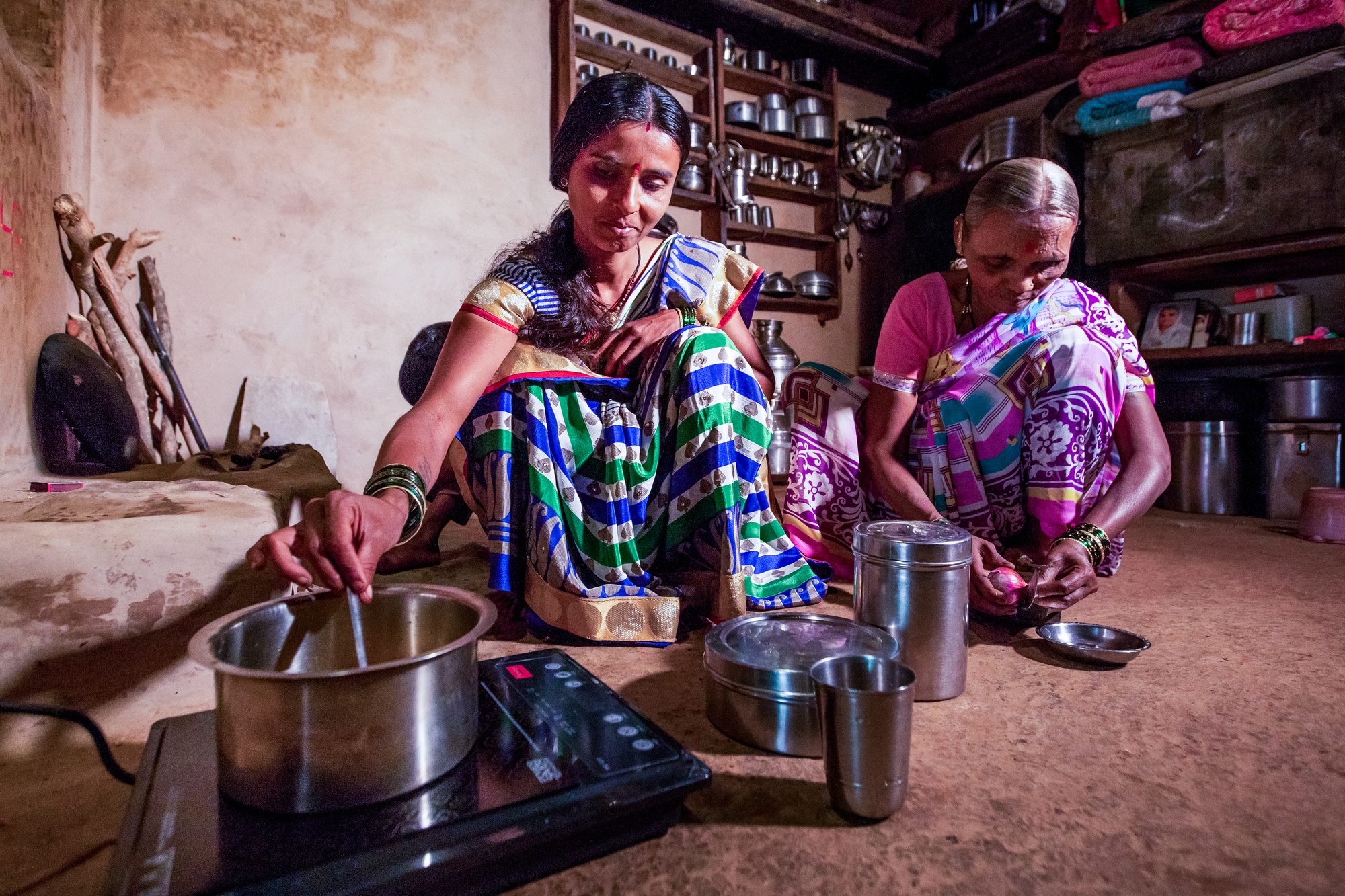As the economic fallout from the Covid-19 pandemic continues to unfold, rural households are among those most impacted. This learning brief — commissioned by SF with co-funding from the Foreign & Commonwealth Development Office and the Mastercard Foundation Rural and Agricultural Finance Learning Lab (RAFLL) — examines actual impacts of Covid-19 on rural households in Kenya using real stories and data from the field. Data was collected during the first five months of the crisis from mid-March to mid-August 2020 by Dalberg, who also led the analysis.
The brief builds on the Pathways to Prosperity report by applying a pathways lens to better understand how the crisis is impacting different types of rural households that are pursuing diverse livelihood strategies and have varying levels of resilience to cope with shocks. Applying a pathways lens to this research is important because it allows us to gain a more nuanced view of how the crisis is affecting households in different pathways. This can then inform the design of tailored and pathway-specific interventions, instead of taking a one-size fits-all approach.
Our findings show that rural households across all four pathways have experienced Covid-19 as a significant financial shock and report lower incomes, increased expenditures, and job losses. However, the drivers of, and ability to cope with this shock vary significantly by pathway.

Households relying on subsistence farming, income from micro, mostly informal, enterprises and/or labour show the least resilience and are most likely to cope by reducing food consumption. While commercialising farm households and those that run rural SMEs are more resilient in the short-term, many are coping by dipping into their savings and/or investing less in their farms and businesses—trends that will increase their vulnerability in the long term. Across all pathways, female-headed households report greater financial impacts, are more likely to reduce their food consumption, and have less access to coping mechanisms such as savings or borrowing.

Perhaps even more concerning are the knock-on economic and social effects of Covid-19 on the broader goal of agricultural transformation. While our data only sheds light on the immediate effects on rural households, data from organizations such as 60_decibels are already starting to show an increasing and worrying depletion of the resources that help households withstand shocks – be it health-related or other. Couple this with a widening gender gap, a weakening agricultural ecosystem and the cash crunch faced by some of the most innovative providers serving rural households, and we risk eroding decades of progress in reducing rural extreme poverty.
While we recognise that tackling a crisis on the scale of Covid-19 is an extremely complex task, we believe there are a number of considerations that we should be accounting for as a sector to prevent leaving the rural poor behind, which include:
Applying a pathway lens to Covid-19 responses
We need to apply a pathway lens to understand how Covid-19 is impacting different rural clients and leverage these insights to design and implement tailored and pathway-specific interventions. Households running agricultural SMEs may need access to innovative financial products and non-financial support that can help them adapt their operations and continue growing. Households that are operating small commercial farms and are less able to make
farm investments might need more flexible financing options that help them access good quality inputs, as well as market linkage support to sell their produce at the right time and price. A pathway lens is particularly important to better target and support the most vulnerable rural households that face a high risk of food insecurity, malnutrition, and backward transition into extreme poverty.
Preventing the next “shecession”
When women shoulder most of the unpaid care work generated by an economic crisis, it subsidises the recovery by allowing others to re-enter the workforce or restart income-generating activities. Not only does this disrupt women’s transitions to more resilient pathways and more remunerative livelihoods, it also hampers overall economic recovery by shutting out half of the population. A gender lens must be applied to all investments that aim to build more resilient rural economies. This must include targeted interventions that build rural women’s resilience to future shocks through better access to finance and markets, improved access to childcare, and interventions that aim to transform the traditional gender norms.
Clarifying the mid- and long-term impact of Covid-19
We need to deepen our understanding of the mid- and long-term impacts of this crisis on rural households and the cascading effects on markets and economies— as well as on the speed, shape, and drivers of the recovery. New research to answer these questions can help inform interventions to drive a more inclusive rural economy.
Connecting the “micro” with the “macro”
The Covid-19 pandemic is reshaping the world. The real current and projected future impacts of the pandemic on different segments of the rural population have the potential to radically reshape transition pathways and the rural economy. Policy makers and donors need to connect this new reality of what is happening at the micro level with the macro level agenda of rural transformation. This means responding to the immediate crisis to support rural households yet also asking the harder questions of what the rural economy should look like to support national economic and social outcomes, and what the implications should be for both short and long-term resource allocation to address the persistent challenges faced by rural farmers and agricultural SMEs.
Download the full learning brief

